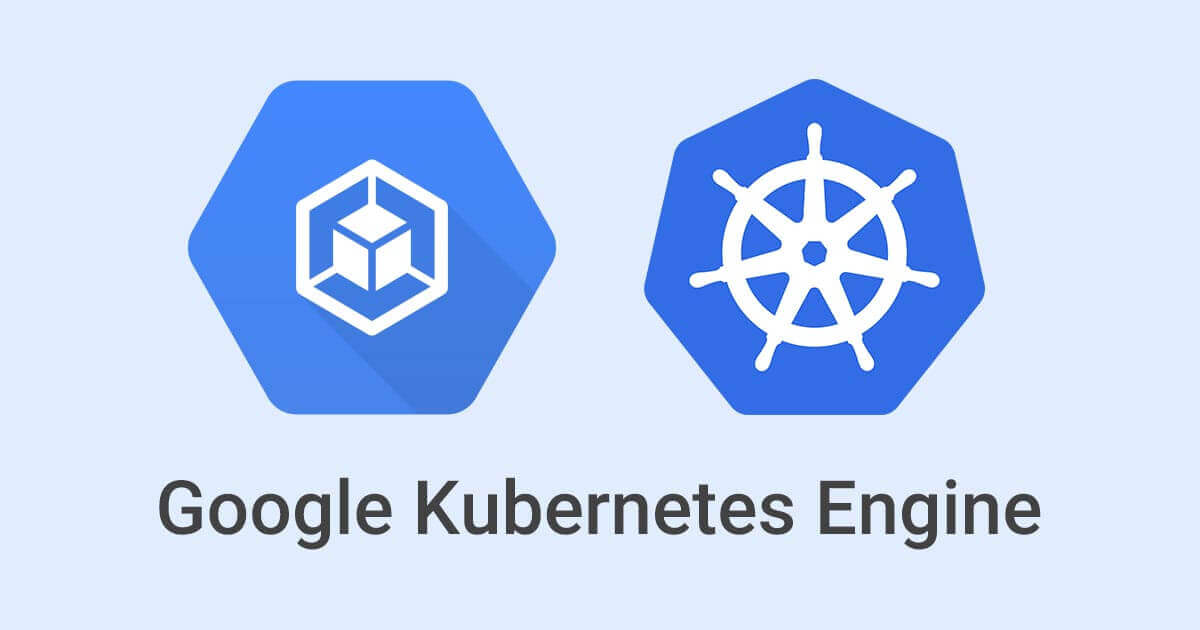Asdf Introduction & Quick Guide
asdf is a versatile version manager designed to simplify the management of multiple runtime versions, such as programming languages, tools, and frameworks, within a single development environment. With asdf, users can easily install, manage, and switch between different versions of various software packages, ensuring compatibility and flexibility across projects. Whether you’re a developer, system administrator, or anyone who needs to juggle multiple versions of tools, asdf provides a seamless solution, enhancing productivity and eliminating version-related headaches.






